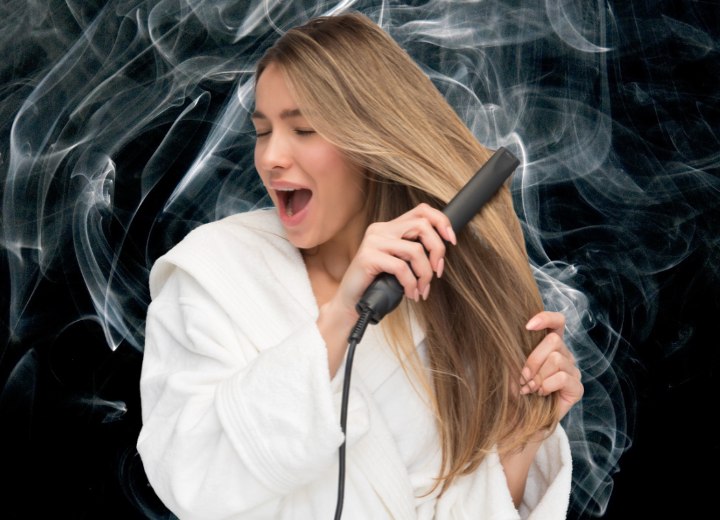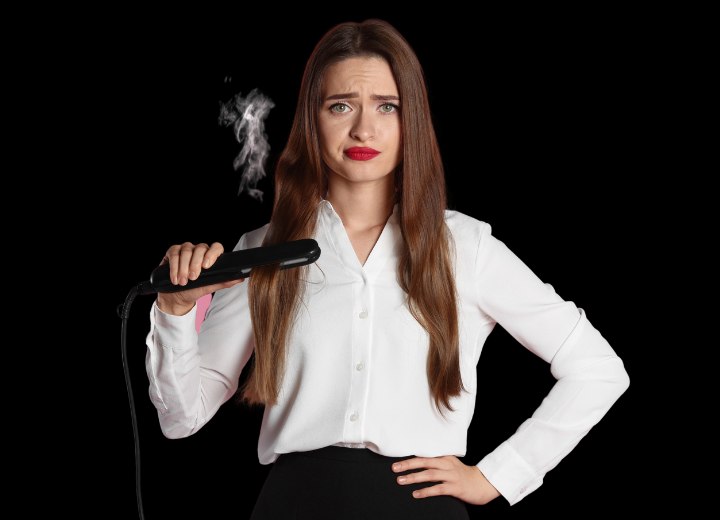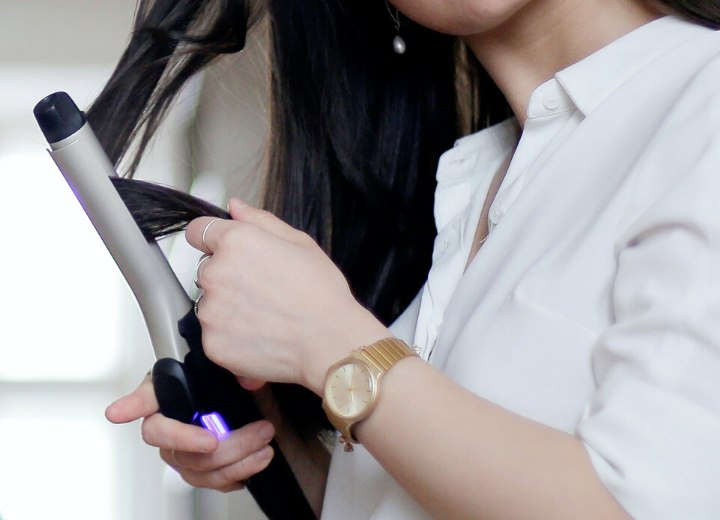Melting Point of Hair

A: While human hair can technically "melt" at high temperatures, it is not the same as melting in the traditional sense. When a substance melts, it undergoes a physical change from a solid to a liquid, such as ice turning into water. When hair is exposed to high temperatures, it does not turn into a liquid. When exposed to high temperatures, it undergoes a process called thermal degradation, and this ultimately causes hair to "melt". When discussing "melting" in regards to human hair, we are actually referring to "thermal damage". However, many people use the term "melt" and we will use it in this answer.
The melting point of human hair varies from person to person, depending on the hair's structure, thickness, color, and the amount of moisture present in it. Generally, human hair will not melt until it reaches a temperature of 200°C (392°F) or higher. However, this is just a general rule of thumb, and the actual melting point can vary depending on individual hair characteristics. It is always better to be safe and limit heat as much as possible.
The duration of exposure to heat is an important factor in determining the melting point of human hair. Hair that is exposed to heat for a longer period is more likely to melt than hair that is exposed to heat for a shorter period. Therefore, it is very important to limit the time of exposure to heat to prevent hair from melting. Some styling tools can reach temperatures of 230°C (446°F) or higher, which can cause damage to the hair. Before using heat, always apply a heat protectant product to help minimize damage to your hair!

Hair that is thicker or more densely packed may be more resistant to heat, while finer or thinner hair may be more prone to damage. Additionally, the health and age of the hair can affect its melting point. Hair that is older and/or has been chemically treated may be more fragile and prone to melting than hair that is healthier and/or younger.
The moisture content of hair can affect its melting point, as moisture can help to dissipate heat and keep the hair from reaching high temperatures. Dry or damaged hair is more likely to break down at lower temperatures because it is more fragile and less able to tolerate heat. However, high temperatures can also cause the moisture in the hair to evaporate, leading to dryness and brittleness and making it more likely to melt the next time heat is being used.

Note 1: The temperature at which hair melts is not the same as the temperature at which it will catch fire. Hair is highly flammable. Once hair catches on fire, it can quickly spread and cause serious harm. The burning point of hair can vary depending on the same factors that affect the melting point.
Note 2: Please be aware that the above is regarding real human hair. It does not apply to the synthetic hair sometimes used for hairdressing training heads. Synthetic hair is made from plastic fibers such as nylon, which has a lower heat tolerance than natural hair. When heated with a flat iron or curling iron, synthetic hair can melt quickly because the plastic fibers start to soften and deform at high temperatures.
©Hairfinder.com